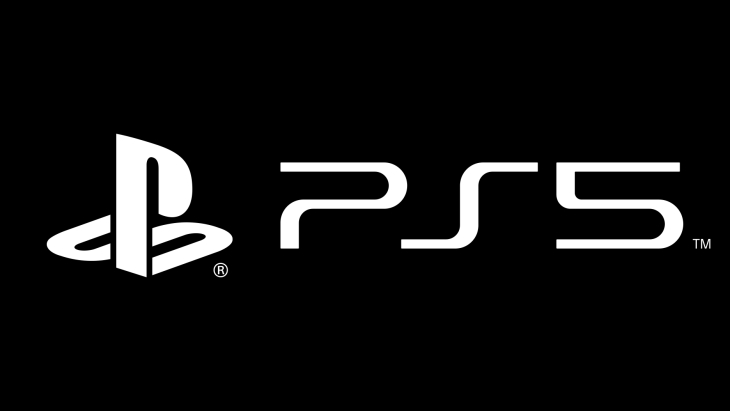
Sony have just finished their The Road to PS5 presentation, revealing the new specifications of the PlayStation 5.
The almost hour-long presentation went into nearly every facet of the technology going into the new console.
This seems to be unsatisfactory to some, with 149k likes but 62k dislikes. Comments seem to deride the conference for its long length and focus on minutia. Considering the presentation was originally intended for the now cancelled GDC 2020, it seems PlayStation advertised the event as though it was intended for players.
Nonetheless, the presentation was hosted by Mark Cerny (Lead System Architect of the PlayStation 5). He explained the new console’s three major principles; Listening to developers, balancing evolution and revolution, and finding new dreams.
In short, this meant satisfying what developers wanted, introducing new features and capabilities without overwhelming developers, and allowing developers to do more.
Cerny explains how when new consoles were introduced, it took a while for developers to understand how the new architecture worked for the first time. This was “dead time,” as developers had to make graphics and other aspects “up and running” before proceeding with development.
This took 1 to 2 months for the PlayStation, 3 to 6 months for the PlayStation 2, 6 to 12 months on PlayStation 3, and back to 1 to 2 months on PlayStation 4. Cerny claims that the new PlayStation 5 architecture has reduced that time to less than a month. This ease of use was emphasized throughout the conference, with Cerny stating each new feature was optional for developers.
The biggest focus was on the load times, drastically reduced thanks to the SSD (Solid State Drive). The PlayStation 4 HDD had a bandwidth of 50 to 100 MB/s, a seek time of 2 to 50 milliseconds, and a load time of 1 GB in 20 seconds. Comparatively, the PlayStation 5 SSD is targeting bandwidths of at least 5 GB/s, an “instantaneous” seek time, and load times of 20 GB in 0.27 seconds.
This great reduction in load times is also to help change how developers create games. While game worlds usually have to be divided up by corridors and elevators to mask loading, the need for these could be gone.
Other elements of load times would be eliminated such as boot-up, reloading a level after a game over. Cerny even proposed that games could load assets as quickly as the player could turn around in-game.
This SSD will also be expandable, with M.2 drives (albeit, needing to fit into the bay provided, and M.2 drives not being a universal size and shape). Cerny recommends using this to store PlayStation 4 games, though players can store it on the SSD for faster performance if they wish.
Speaking of, the Custom RDNA 2 based AMD GPU will allow compatibility with PlayStation 4 games. However, testing is being done on a per title basis, due to some games not being able to handle the speeds of the new console.
Cerny states however, that they have been testing the top 100 PlayStation 4 titles (based on playtime) and results thus far have been “excellent.” He states that PlayStation expects “almost all of them” to be playable at launch. The PlayStation Blog confirms this will expand over time with more tests.
The system will also support ray-tracing. Able to improve in-game lighting (along with audio), Cerny states that he had already seen a PlayStation 5 title using ray-tracing for “reflections in complex animated scenes, with only modest costs.”
Finally, the PlayStation 5 will utilize the Tempest Engine to help provide “3D Audio”- and more computing power going into audio quality. As explained on the PlayStation Blog:
“PS5 will also allow games to offer a much deeper sense of immersion through 3D audio. Visuals are of course imperative to the gaming experience, but we believe audio plays a crucial role as well. We wanted to deliver a compelling audio experience for all users, not just those who own high-end speaker systems. So we designed and built a custom engine for 3D audio that is equipped with the power and efficiency for ideal audio rendering. With 3D audio on PS5, the sounds you hear while playing will offer a greater sense of presence and locality. You’ll be able to hear raindrops hitting different surfaces all around you, and you can hear and precisely locate where an enemy is lurking behind you.”
You can find the full specs compared against the PlayStation 5 (via PlayStation Blog) below.
| CPU | x86-64-AMD Ryzen™ “Zen 2” |
| 8 Cores / 16 Threads | |
| Variable frequency, up to 3.5 GHz | |
| GPU | AMD Radeon™ RDNA 2-based graphics engine |
| Ray Tracing Acceleration | |
| Variable frequency, up to 2.23 GHz (10.3 TFLOPS) | |
| System Memory | GDDR6 16GB |
| 448GB/s Bandwidth | |
| SSD | 825GB |
| 5.5GB/s Read Bandwidth (Raw) | |
| PS5 Game Disc | Ultra HD Blu-ray™, up to 100GB/disc |
| Video Out | Support of 4K 120Hz TVs, 8K TVs, VRR (specified by HDMI ver.2.1) |
| Audio | “Tempest” 3D AudioTech |
During the presentation Cerny did emphasize that TFLOPs were not everything. He claims that thanks to the adjusting frequencies and a constant power supply (while for other consoles it is the other way around), the GPU can load faster than the TFLOPs would imply.
Unfortunately, we did not get a look at the new console, nor the pricing. It was rumored that PlayStation were taking a “wait-and-see” approach to how the console will be priced. It seems we will still have to wait and see ourselves.
What do you think? Sound off in the comments below!
PlayStation 5 launches Holiday 2020.